What is the tolerance range of precision screws?
What is the tolerance range of precision screws?
Service Hotline
+86760-8787 8587We have more than ten years of production experience in the screw industry. The main products are: block nut, American nylon anti-loose self-locking nut, flat head chamfered pin, national standard expansion bolt, toothed screw with pad, small tooth nut, elastic nut Blocks, hexagon head expansion bolts, 45# steel quenched internal thread taper pins, hexagon socket screws, round head positioning pins, hexagon head screws, non-standard external screws, 304 stainless steel screws, positioning pins and other fasteners, due to the product The materials and specifications are different, and the prices are also different. Please contact us if you need it.


Screws are often used on objects, such as data storage, to support the objects on a bracket. Since the item will vibrate during operation or when subjected to shock, if the shock is not minimized, the item will be damaged. Therefore, some cushioning elements with cushioning properties are applied to the article. The buffer is fixed to the object by the screw. When the object vibrates, the buffer will reduce the vibration, thereby reducing the damage to the object. However, since the buffer is exposed Therefore, when the object is installed or disassembled, the object is moving relative to the bracket, and the friction between the buffer and the bracket will cause the buffer to move. It is very easy to age, thus greatly reducing its service life. SUMMARY OF THE UTILITY MODEL In view of the above, it is necessary to provide a screw combination that can protect a buffer member with buffer performance to improve its service life. A screw combination includes a screw, an elastic retaining ring and a buffer, the screw includes a nut, a threaded portion and a neck formed between the nut and the threaded portion, the retaining ring It is fixed on the neck of the screw, the buffer is sleeved on the screw, and the screw combination further includes a cover set on the screw, and the cover includes a top and a forming part. In the shielding part of the top, the top is located between the nut and the retaining ring, and is blocked by the nut and the retaining ring so as not to be separated from the screw, and the shielding part covers the The retaining ring and the buffer element are slightly exposed from the shielding part. Compared with the prior art, the screw assembly of Guangdong Yueluo Hardware Industry Co., Ltd. protects the buffer by covering the buffer by the shutter, thereby increasing its service life.
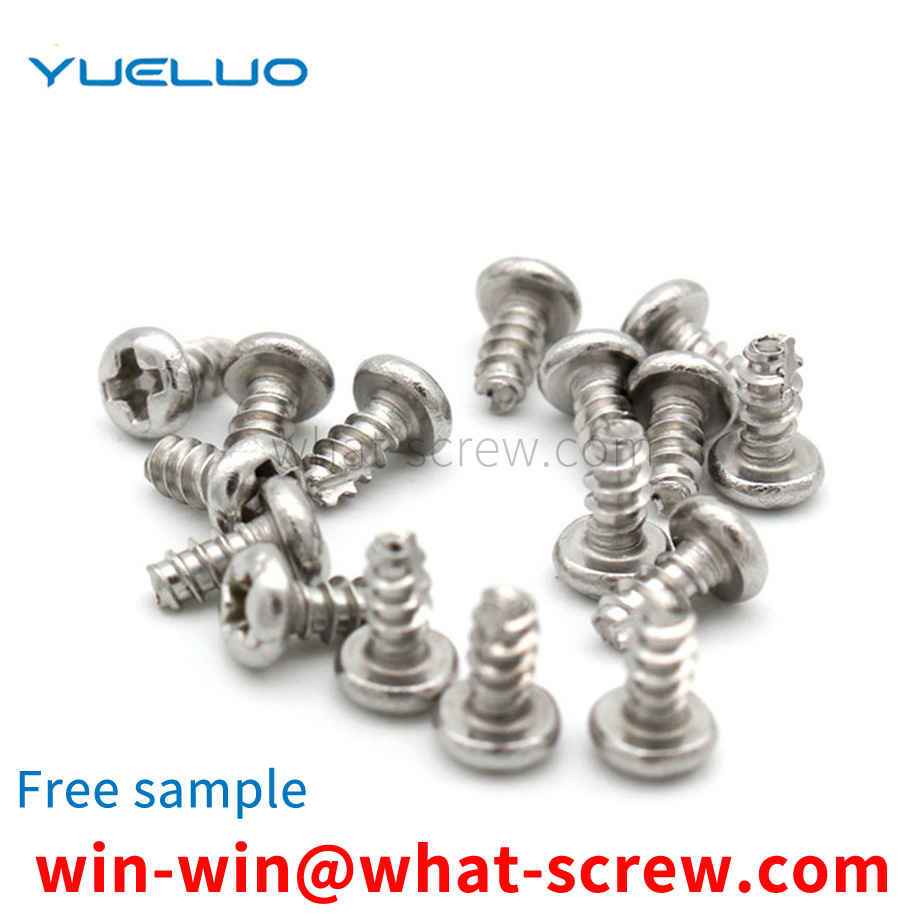
Stainless steel usually refers to steel that has the ability to resist corrosion by air, water, acid, alkali salt or other medium. Depending on the alloy composition, the focus is on rust resistance and acid resistance. Although some steels are rust-resistant, they are not necessarily acid-resistant, and acid-resistant steels are usually rust-resistant. Austenitic stainless steel is mainly used in the production of fasteners. In people's daily life, the stainless steel often referred to is also austenitic stainless steel. The stainless steel fasteners we use are mainly made of austenitic 302, 304, 316 and low nickel 201 as raw materials.
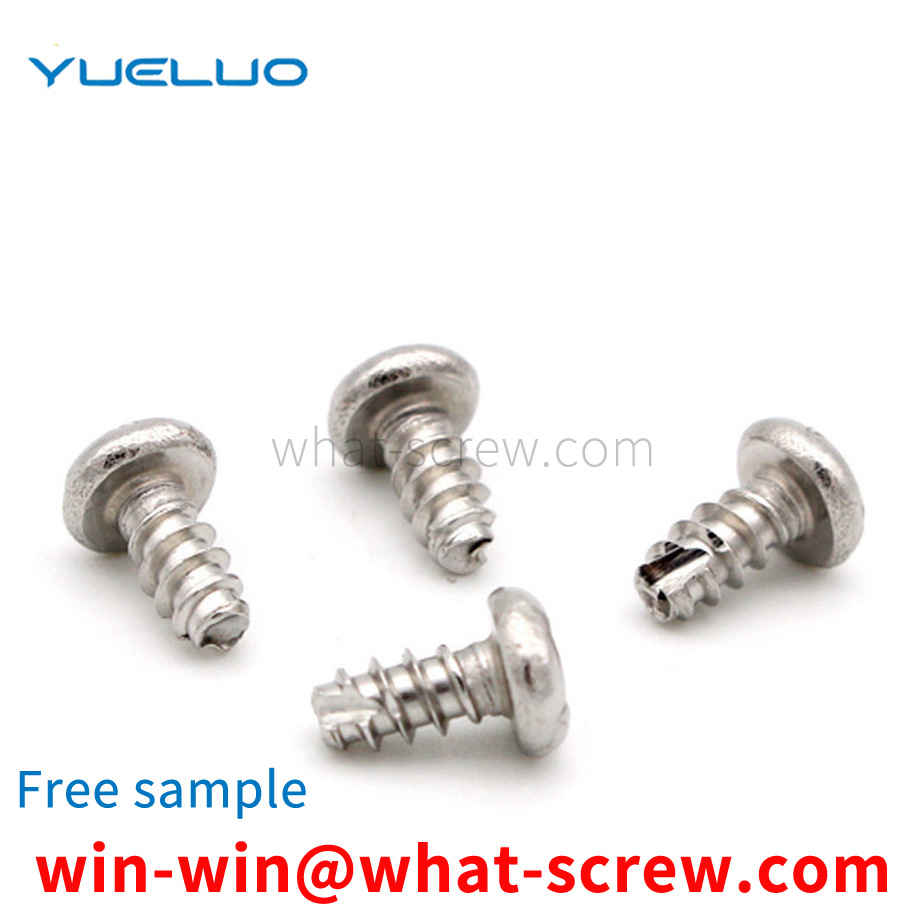
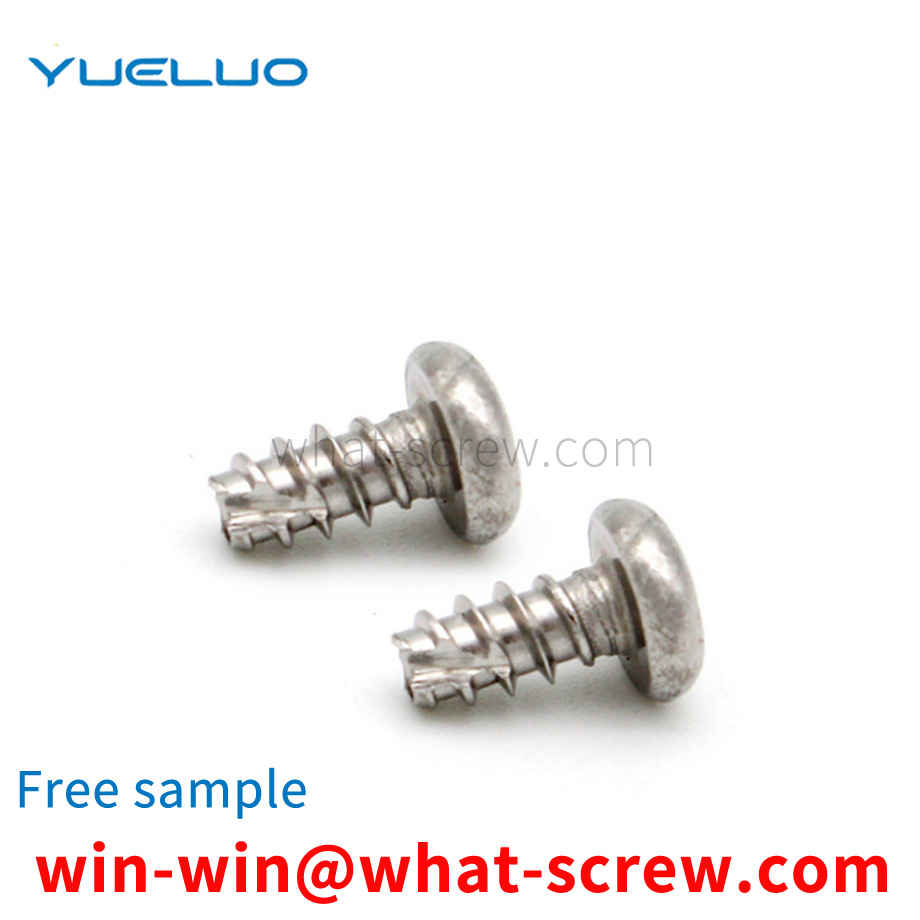
The purpose of this utility model is to solve the problems in the prior art, and proposes an installation structure which adopts T-bolt and groove matching, which can make the installation of the bolt more convenient, the degree of tightening is higher, the service life is longer, and the Routine replacement and maintenance.
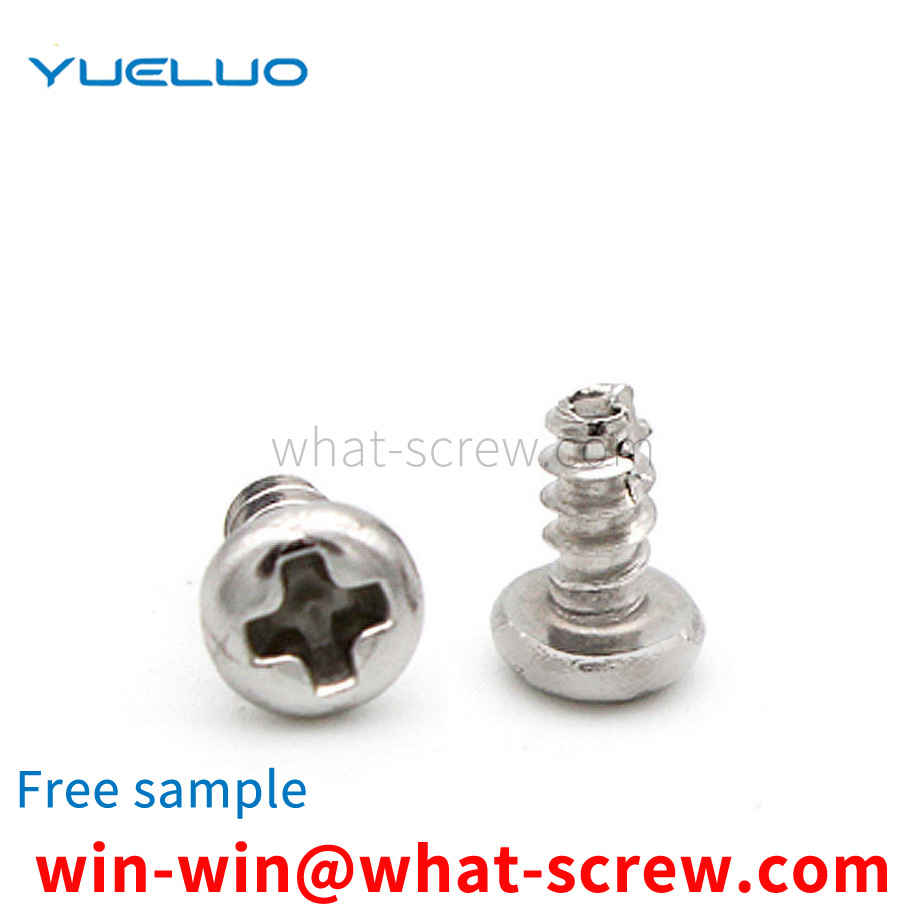
The screw refers to the screw (foreign name: Screw), which is a tool that uses the physical and mathematical principles of the oblique circular rotation of the object and the frictional force to gradually fasten the utensils and parts. A screw is a common term for fasteners, an everyday colloquial language. Metric threads are measured in MM (millimeters) and have a cusp angle of 60 degrees. Both US and Imperial threads are measured in inches. The cusp angle of the American thread is also 60 degrees, while the cusp angle of the imperial thread is 55 degrees.
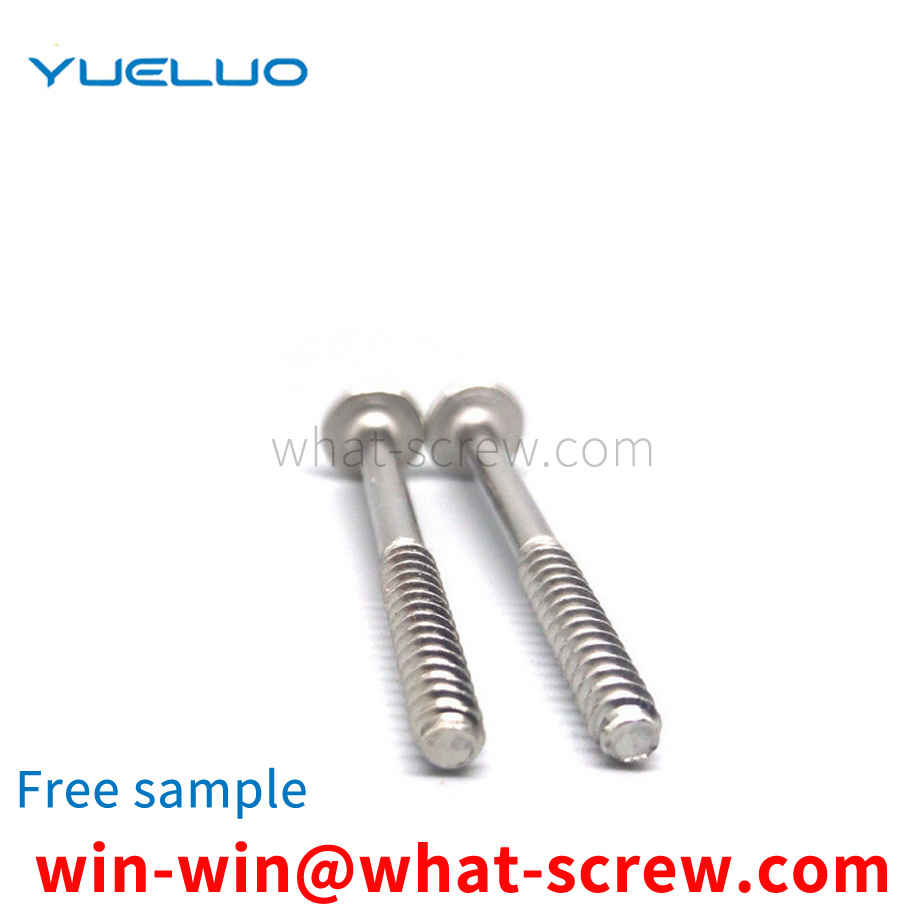
The above content is uploaded by Yueluo or the Internet. If there is any copyright issue, please contact [email protected].

What is the tolerance range of precision screws?

How to choose the right stainless steel screw manufacturer?

Why is there an R angle under the head of the hexagon head s...

We have more than ten years of production experience in the ...

We have more than ten years of experience in the production ...

We have more than ten years of experience in the production ...

We have more than ten years of experience in screw industry ...